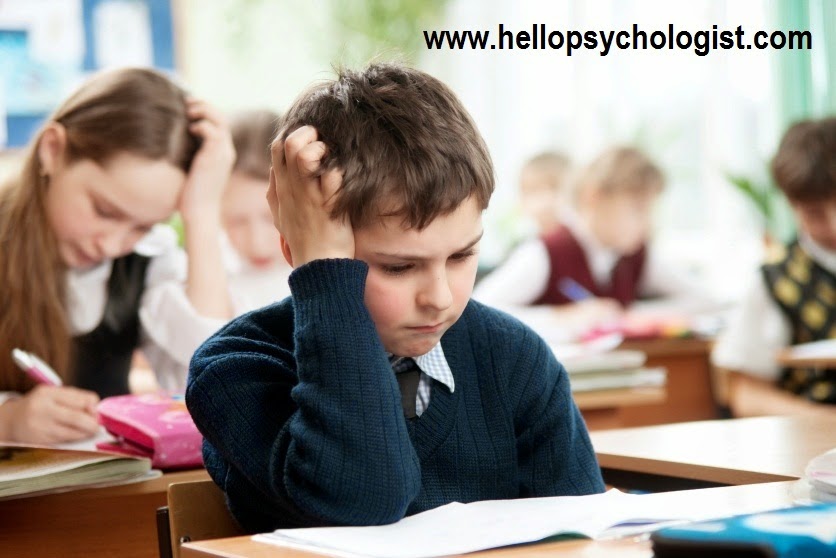Problems at school: children 9-15 years
Problems at school : the basics
Ups and downs at school are part of life for many young people. A good relationship with your child’s school and teachers can help you head off problems. If school problems do come up, it’s important that you quickly recognize and address them.
Problems at school can show up as poor academic performance, lack of motivation for school, loss of interest in school work, or poor relationships with peers or teachers.
School difficulties range from minor to severe, might be very short-lived or last for longer.
Common signs of school problems-
- Drop in marks in one or more subjects.
- Lack of engagement, connection or involvement with school – for example, your child might not be interested in extracurricular activities or have very few friends.
- Showing embarrassment or discomfort when talking about school.
- Refusing to talk with you about school, or rarely talking about school with family or friends.
- Never or rarely doing homework, or rarely talking about homework.
- Having low confidence or lacking self-esteem – your child might say she is ‘dumb’, ‘stupid’ or not as clever as her friends.
- Being kept back at lunch time or the end of the school day.
- Finding excuses not to go to school or skipping school without your knowledge.
- Being bored with school work or not feeling challenged enough – your child might say he’s not learning anything new.
- Having attention or behavior problems.
- Being bullied or bullying others.
Sometimes, problems at school will be easy to spot, and your child will willingly talk to you about them.
But some children hide problems from their parents, teachers and peers. They might copy homework, pretend to be sick during important tests, or not bring reports home. This can make it very difficult for you to pick up on a problem. Sometimes even teachers might not spot the clues – especially if your child is absent a lot.
Causes of school problems
- Behavioral or developmental difficulties.
- Poor communication skills.
- Poor social skills.
- Difficulty with listening, concentrating or sitting still.
- Disliking, or not feeling connected to, the school culture or environment.
- Disliking school subjects, not liking the choice of subjects, or not feeling challenged by the work
- Not getting along with teachers or other students at school.
- Parents who aren’t involved in their child’s education.
- Family problems such as relationship breakdowns.
- Competing demands on time, such as extracurricular activities.
- Skipping school because of any of the reasons listed above.
Parents contact a counselor -psychologist,to help their children with a variety of issues, such as academic achievement,student crisis situations,personal/social.
Come and improve your quality of life with us---
Hello Psychologist Child Development Counseling Center Lucknow
Hello Psychologist Child Development Counseling Center Lucknow
Call For Appointment = 9415370790, 9369160546
























